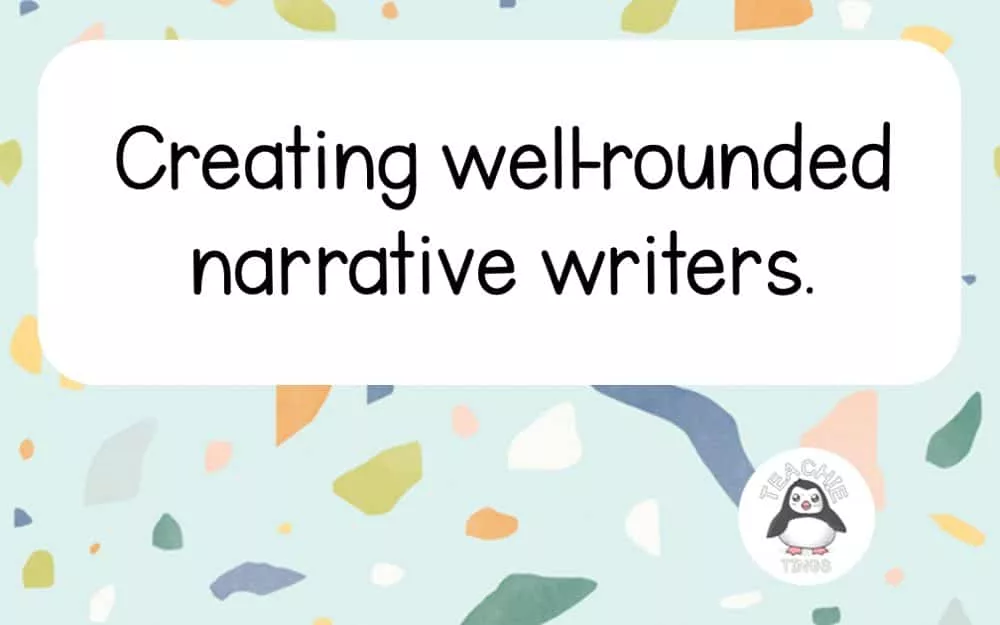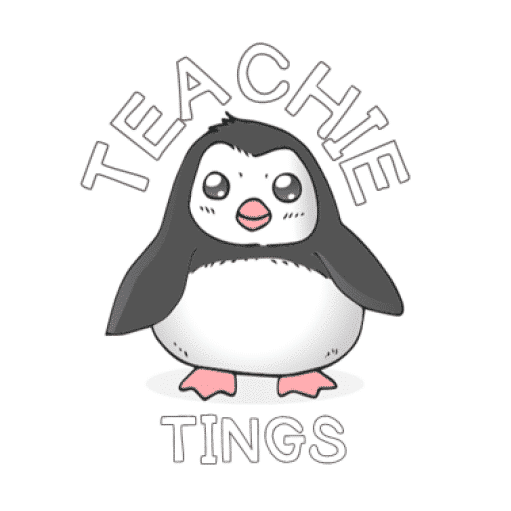
Many students agonise over creative writing and believe they aren’t good writers. Some believe, for example, that they can’t have good ideas. Some students believe that they can’t be good writers because they get low scores in spelling, and some students have been crushed when their entertaining story has achieved a C-grade. How do we help students overcome these doubts, creating well-rounded narrative writers?
How can we create well-rounded narrative writers?
There are some key teaching and learning strategies that need to take place for students to write successful narratives (or complete any assessment really!), and they aren’t always obvious when we have a unit of work in front of us.
1. Explicit teaching of each component.
Each component of the task needs to be explicitly taught. Every.single.one.
For example, students do not know how to brainstorm or generate ideas.
Professional writers don’t just have great ideas. They seek inspiration, they storyboard, they build characters slowly using words and images – there is an entire process that helps set writers up for success. Sometimes it takes writers weeks to come up with ideas.
Students are no different. We need to explicitly teach this process, model it for them, and allow them to practise it. Repeatedly.
2. Students need to be assessment-literate.
They need to understand the learning intention of the assessment, and they also need to know the success criteria they need to demonstrate to be successful. Just knowing the success criteria can help students to identify their strong and weak points, and what they need to work on. This awareness alone, can improve student success.
Understanding success criteria (and unpacking them within the assessment rubric) helps students to understand that while they may not be the best speller in the world, they can be successful in other success criteria. Good writers aren’t always good at everything!
Being assessment-literate also helps students to understand that they can’t just write a great story – they need to use correct spelling, grammar and punctuation as well.
How can we ensure that we are doing these two things to create well-rounded narrative writers?
- Backwards mapping assessment.
By starting with the assessment piece, identifying every piece of success criteria, and building that into our planning, we can make sure that we teach everything the students need to know.
We do students a disservice when assessment doesn’t match what students have been taught.
- Using learning walls – also known as working walls.
Implementing a learning wall means displaying the task sheet, the assessment rubric, clearly identifying success criteria, providing good examples of text types, and modelling how to achieve each success criteria.
Using a learning wall helps students to see each component of the task, and gives them clarity on the learning task.
It also helps us as teachers to see what has been taught, and what we may need to teach and reteach.
Well-rounded writers are assessment-literate writers, understanding what success looks like. As teachers it’s up to us to ensure that our students have the skills and knowledge to meet the demands of the assessment, and we meet our gaol of creating well-rounded narrative writers.
More teacher tools for narrative writing can be found here
More teacher tools for learning walls can be found here
